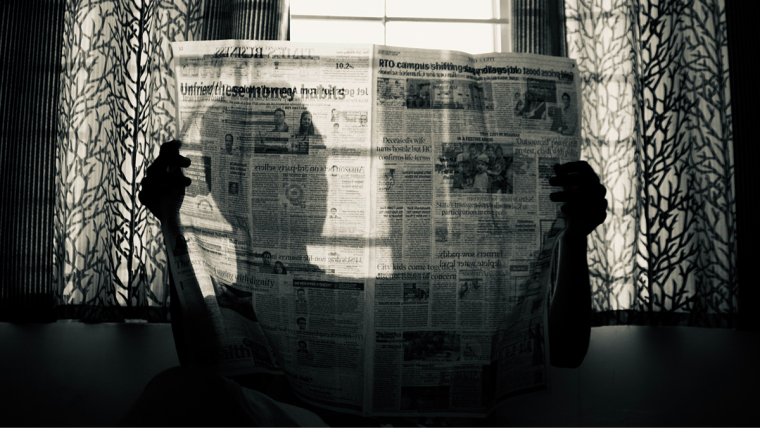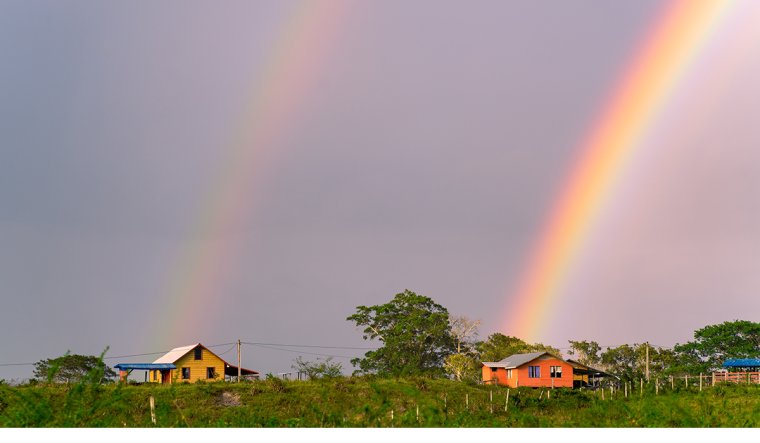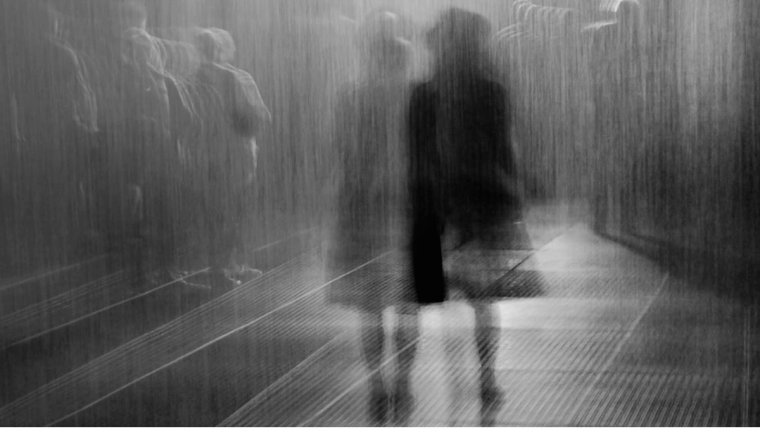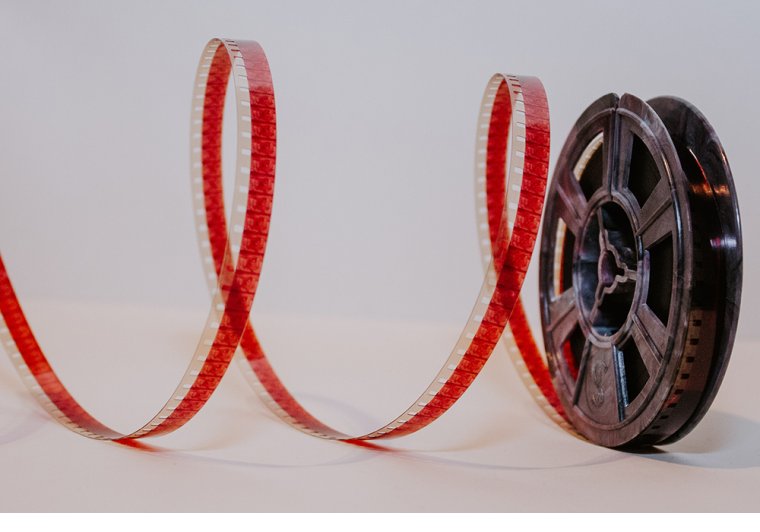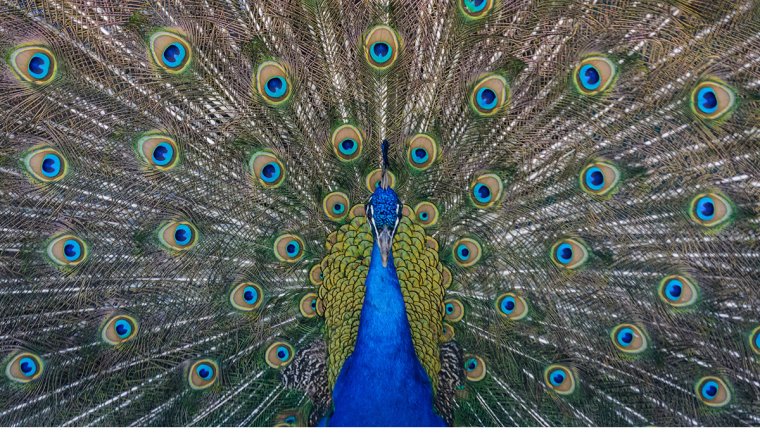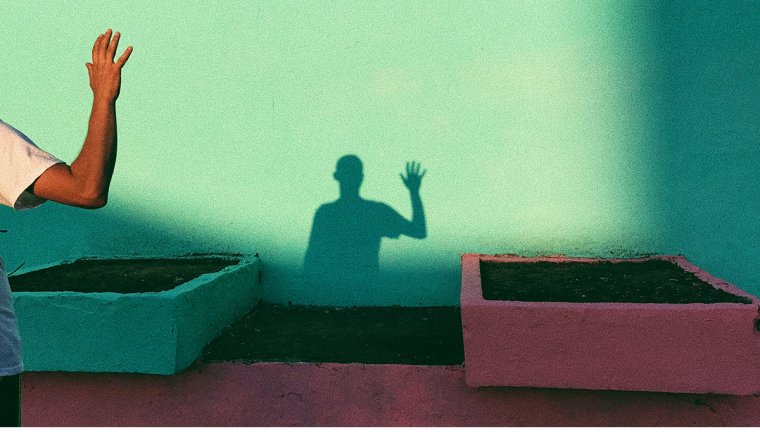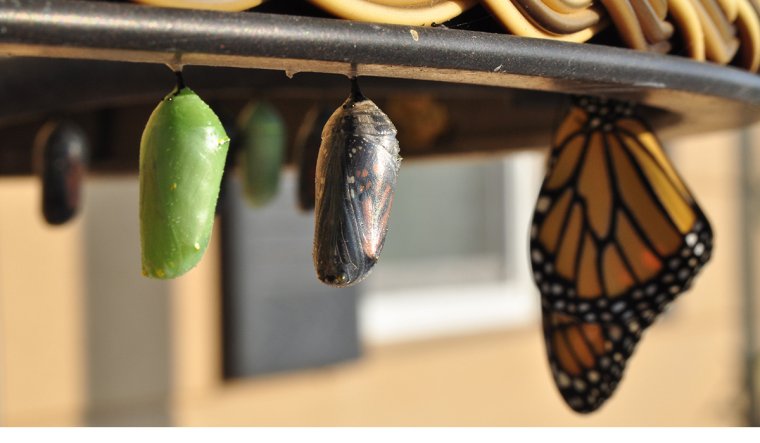In our Craft Capsules series, authors reveal the personal and particular ways they approach the art of writing. This is no. 179.
Translations are often described as being “faithful” to the original, but rarely discussed is what, precisely, a particular translation is being faithful to. Because no two languages will ever map perfectly onto one another, there will come a time (in fact, there will come many times, early and often) when a translator will need to choose some aspect of a layered word or phrase over another. Often what is lost can be recovered elsewhere. For example, if a noun in the original language carries a negative valence—as “hovel” does, compared with “home”—but no such nuance exists in the language into which the word is being translated, that tone might be applied (with great care) to a nearby noun; sometimes this creates an overall effect that is closer to the spirit of the original text. These kinds of calculations underlie every word of every translation. So what exactly are we talking about when we talk about fidelity? The translator might focus on how the original sounds, privileging rhythm and alliterative effects over, perhaps, lexical equivalence. Conversely the translator might focus on finding the most literal match for a specific term, sometimes at the expense of lyrical effect. In other cases tone or formal conceits might be given priority.
I found myself thinking about these questions even more than usual while translating Luis Felipe Fabre’s Recital of the Dark Verses. (Read his earlier Craft Capsule: “Dis-Identity Poetics.”) Published by Deep Vellum last month, Fabre’s novel is a raucous account of the (very real) theft of the body of San Juan de la Cruz at the end of the sixteenth century. Fabre weaves lines from three of the saint’s best-known poems throughout the text; these lines also serve to structure the action of the plot. Because the novel plays with the exegetic tradition of the declaración, or commentary—in which a single line of religious poetry is expounded upon in pages of (often quite esoteric) prose—each chapter features a brief introduction that cites a line from one of San Juan’s poems, framing the protagonists’ adventures. The line sets up the action that will unfold in the chapter itself, the body of which will often feature other little snippets from San Juan’s oeuvre. In other words, the verse not only needed to work in English as whole poems but individual lines and phrases also needed to work in the varied contexts into which they were inserted in the novel.
One of the most exhilarating challenges of working with Recital of the Dark Verses was figuring out what to do with this embedded poetry. Because I wanted the novel to resonate with the literary history from which it draws, I had planned to cite existing translations of the three poems that appear in the book. To be completely honest, I was also crushingly intimidated by the idea of translating the Spanish mystic. Unfortunately the versions of San Juan’s poetry I found in English were all quite somber. This is the beginning of “La noche oscura,” or “Dark Night of the Soul,” the poem at the heart of Fabre’s novel:
En una noche oscura,
con ansias en amores inflamada
¡oh dichosa ventura!
salí sin ser notada,
estando ya mi casa sosegada.
A oscuras y segura,
por la secreta escala, disfrazada,
¡oh dichosa ventura!
a oscuras y en celada,
estando ya mi casa sosegada.
One of the most noticeable aspects of the poem—in addition to the female poetic voice, a detail that figures prominently in Fabre’s novel—is its gait: The lines seem to dance on air. They are formally precise in rhyme and meter, but there is a breeziness to them that comes from their down-to-earth register and clear connection to the poetic tradition of recital, to the tradition of the poem as song. Though San Juan took the subject of the soul’s union with God very seriously, he chose a popular, accessible form to express it.
The English versions, however, are weighed down by the desire to present the Spanish mystic with gravitas. The standard translation read today is one produced by the British scholar Edgar Allison Peers in the 1930s; it is what most English speakers think of when they think of the poem “Dark Night of the Soul.” Here are the first two of eight stanzas from the Peers translation:
On a dark night
Kindled in love with yearnings
—oh happy chance!—
I went forth without being observed,
My house being now at rest.
In darkness and secure,
By secret ladder disguised
—oh happy chance!—
In darkness and concealment,
My house being now at rest.
Peers chose to translate the poem in free verse; many editions don’t even include San Juan’s line breaks. Peers’s words have a markedly elevated register—a common, though fraught, strategy for adding “olde-tyme” flair to a translation. The half dozen or so English interpretations I consulted in my search for the holy grail of an extant translation were similarly problematic. Where the Spanish is as light and sweet as a string of tiny meringues, all the English versions I found felt leaden, despite felicitous phrases here and there. While these translations are all valuable in their own right, they did not align with Fabre’s reading of San Juan—or the novel he constructed on the basis of that reading. Which meant that I needed to roll up my sleeves.
In my version of “Dark Night,” the meter is a bit more even, and near-rhymes in a more colloquial register form a rhyme scheme that, while not exactly the same as the one employed by San Juan, is at least internally consistent throughout.
On a pitch-dark night,
by love’s yearnings kindled
—oh wondrous delight!—
I slipped out unminded
for my house had gone quiet.
In darkness, without fright,
down hidden stair I snuck
—oh wondrous delight!—
in darkness, with fine luck,
for my house had gone quiet.
As so often happens with translation, the only way to be faithful was to be unfaithful. In this case, in order to be faithful to Fabre’s novel, I had to be unfaithful to the San Juan that English speakers have known for decades. This is not to say that I was brave and dove headfirst into retranslating one of the most revered poets in the Spanish language. No. Initially I cowered behind versions of the poems cobbled together from existing translations, adding a few of my own cosmetic adjustments. But that approach wasn’t working, so I went back to the drawing board, retranslating the three poems by San Juan that appear in the novel. Though in the case of the “Spiritual Canticle,” I only rendered the parts of the poem Fabre cited (making my version like the set of an old Western—only the visible parts of the “town” were ever built).
By being willing to throw out what was comfortable and familiar, I was able to get much closer to the playful, sensual spirit of San Juan that had captured Fabre’s imagination and inspired Recital of the Dark Verses. I guess that’s something translators and other kinds of writers have in common: the need to sometimes kill your darlings—or to kill someone else’s. Because there’s nothing more sacred than not holding anything too sacred.
Heather Cleary is an award-winning translator of poetry and prose from Spanish into English. The author of The Translator’s Visibility: Scenes from Contemporary Latin American Fiction (Bloomsbury Academic, 2022), she holds a PhD from Columbia University and teaches at Sarah Lawrence College. She is currently writing a hybrid novel about translation and murder.
Art: Joshua Earle



